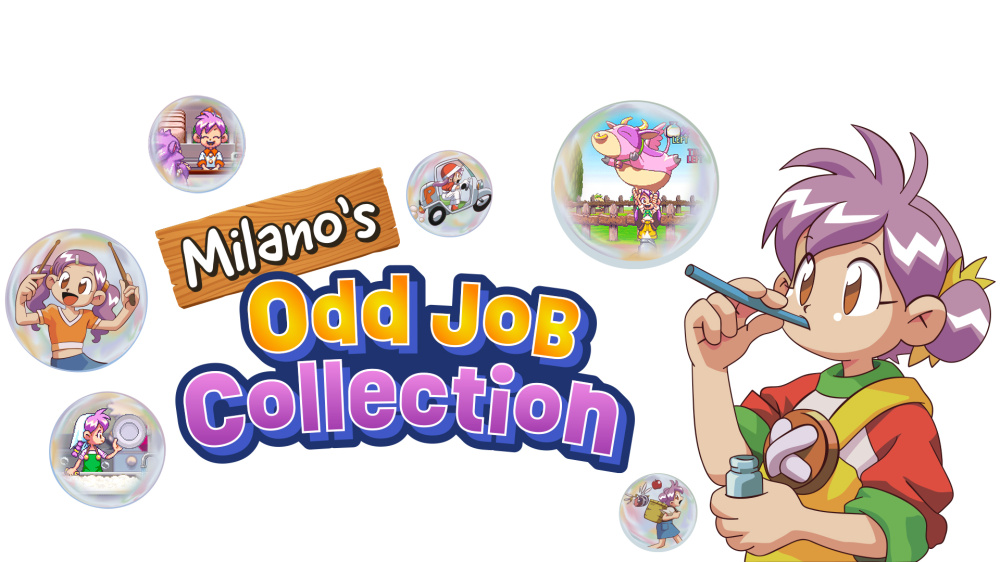In a recent interview, former PlayStation president Shuhei Yoshida offered new insights into the strategic decisions behind adapting Crash Bandicoot for the Japanese market.
The acclaimed platformer, originally developed by Naughty Dog and published by Sony Computer Entertainment, faced unique challenges as it transitioned from its initial Western release to Japan.
Crash Bandicoot debuted on the PlayStation console in North America in September 1996 and arrived in Japan three months later, a pivotal period when the Japanese game market experiences its highest activity.
Yoshida, instrumental in the early success of Sony's internal development efforts, reflected on this process in a conversation with video creator Kyle Bosman.
He revealed the reasoning that led to meaningful changes in the Japanese edition of Crash Bandicoot—a decision that ultimately expanded the game’s appeal and set a notable precedent for localization strategies. Yoshida explained that from his perspective, the original version of Crash Bandicoot was too challenging for Japanese players.
"When I reviewed the game through the lens of the Japanese market, it seemed too difficult," Yoshida shared.
He noted that, in contrast to many Western titles, Japanese games typically guide players more deliberately, providing a smoother and more accommodating gameplay experience. To communicate these concerns to the development team, Yoshida conducted a comparative analysis between Crash Bandicoot and one of Nintendo’s flagship titles, Donkey Kong Country for the Super Nintendo.
By meticulously cataloging elements such as enemy and item variety and the introduction of new gameplay mechanics, he demonstrated that Crash Bandicoot lacked the variety present in Donkey Kong Country.
Yoshida presented detailed charts and breakdowns during a key meeting with Naughty Dog, effectively illustrating the areas where the game’s difficulty might be perceived as unnecessarily steep. His feedback was received constructively.
As Yoshida recounted, "I wanted to emphasize just one point: the game is too hard.
After my analysis, the team appreciated the data-driven approach comparing Crash Bandicoot to Donkey Kong Country." This careful analysis led the developers to implement a range of changes specifically for the Japanese release.
Adjustments included shortening particularly tough levels such as The High Road, increasing in-game tips, and altering platform sizes in stages like Upstream and Up The Creek.
Significantly, new tutorial messages were also introduced—when players collected an Aku Aku mask, an instructional screen would guide players on essential controls for the first few levels. This tailored approach was made possible by the three-month gap between the US and Japanese launches, allowing Naughty Dog and Sony Computer Entertainment time to fine-tune the Japanese version for its December debut.
Mark Cerny, a key figure in PlayStation’s early development, supported the modifications, further demonstrating the collaborative and innovative spirit driving Sony at the time. Years later, Crash Bandicoot continues to be celebrated as a landmark title in PlayStation history, recognized for its platforming excellence and its legacy of adapting to player needs across diverse markets.
Yoshida’s methodical process serves as a leading example of how understanding players and leveraging comparative insights from Nintendo’s Donkey Kong Country contributed to the franchise’s long-term global success.
The acclaimed platformer, originally developed by Naughty Dog and published by Sony Computer Entertainment, faced unique challenges as it transitioned from its initial Western release to Japan.
Crash Bandicoot debuted on the PlayStation console in North America in September 1996 and arrived in Japan three months later, a pivotal period when the Japanese game market experiences its highest activity.
Yoshida, instrumental in the early success of Sony's internal development efforts, reflected on this process in a conversation with video creator Kyle Bosman.
He revealed the reasoning that led to meaningful changes in the Japanese edition of Crash Bandicoot—a decision that ultimately expanded the game’s appeal and set a notable precedent for localization strategies. Yoshida explained that from his perspective, the original version of Crash Bandicoot was too challenging for Japanese players.
"When I reviewed the game through the lens of the Japanese market, it seemed too difficult," Yoshida shared.
He noted that, in contrast to many Western titles, Japanese games typically guide players more deliberately, providing a smoother and more accommodating gameplay experience. To communicate these concerns to the development team, Yoshida conducted a comparative analysis between Crash Bandicoot and one of Nintendo’s flagship titles, Donkey Kong Country for the Super Nintendo.
By meticulously cataloging elements such as enemy and item variety and the introduction of new gameplay mechanics, he demonstrated that Crash Bandicoot lacked the variety present in Donkey Kong Country.
Yoshida presented detailed charts and breakdowns during a key meeting with Naughty Dog, effectively illustrating the areas where the game’s difficulty might be perceived as unnecessarily steep. His feedback was received constructively.
As Yoshida recounted, "I wanted to emphasize just one point: the game is too hard.
After my analysis, the team appreciated the data-driven approach comparing Crash Bandicoot to Donkey Kong Country." This careful analysis led the developers to implement a range of changes specifically for the Japanese release.
Adjustments included shortening particularly tough levels such as The High Road, increasing in-game tips, and altering platform sizes in stages like Upstream and Up The Creek.
Significantly, new tutorial messages were also introduced—when players collected an Aku Aku mask, an instructional screen would guide players on essential controls for the first few levels. This tailored approach was made possible by the three-month gap between the US and Japanese launches, allowing Naughty Dog and Sony Computer Entertainment time to fine-tune the Japanese version for its December debut.
Mark Cerny, a key figure in PlayStation’s early development, supported the modifications, further demonstrating the collaborative and innovative spirit driving Sony at the time. Years later, Crash Bandicoot continues to be celebrated as a landmark title in PlayStation history, recognized for its platforming excellence and its legacy of adapting to player needs across diverse markets.
Yoshida’s methodical process serves as a leading example of how understanding players and leveraging comparative insights from Nintendo’s Donkey Kong Country contributed to the franchise’s long-term global success.






